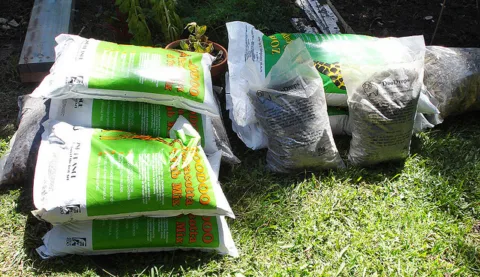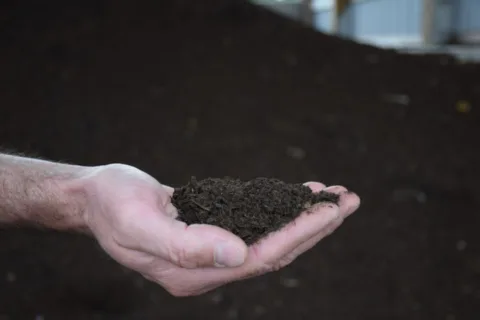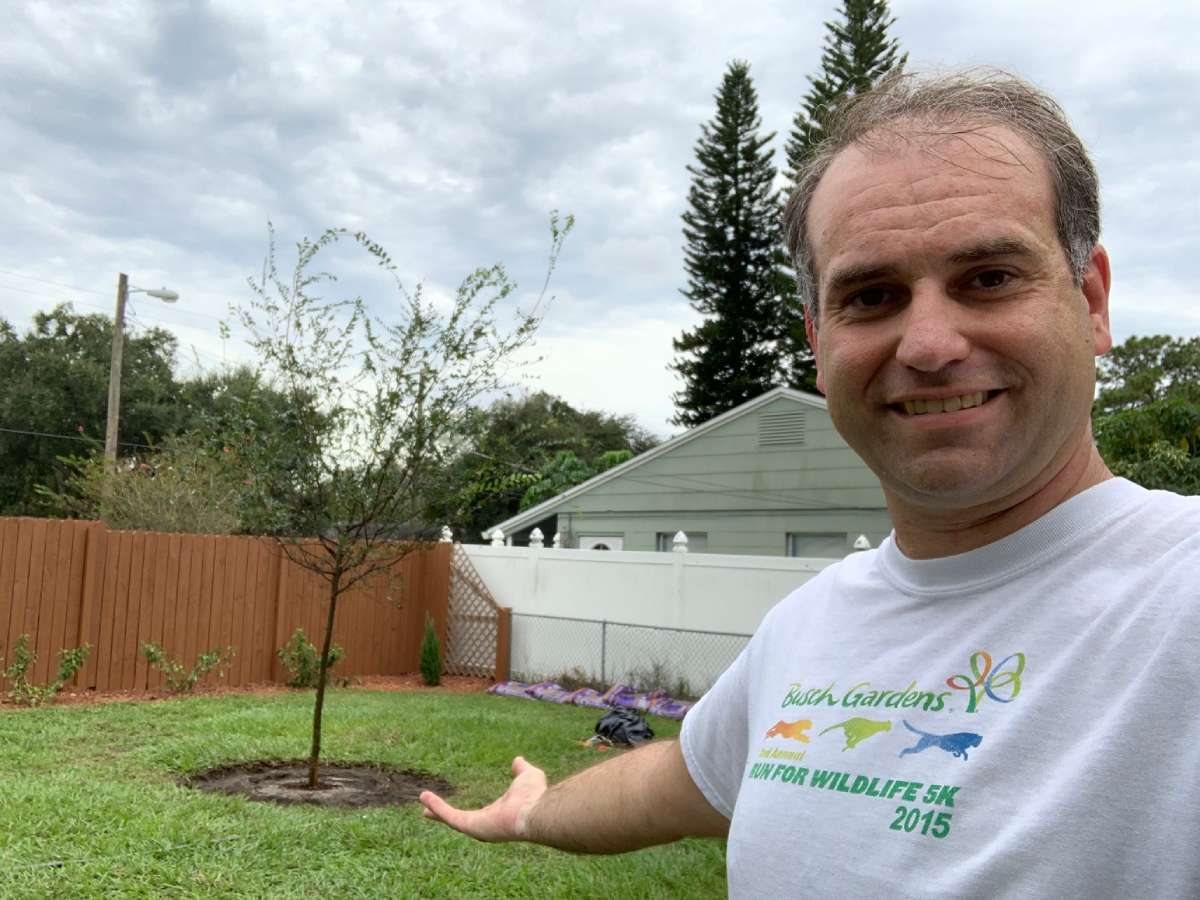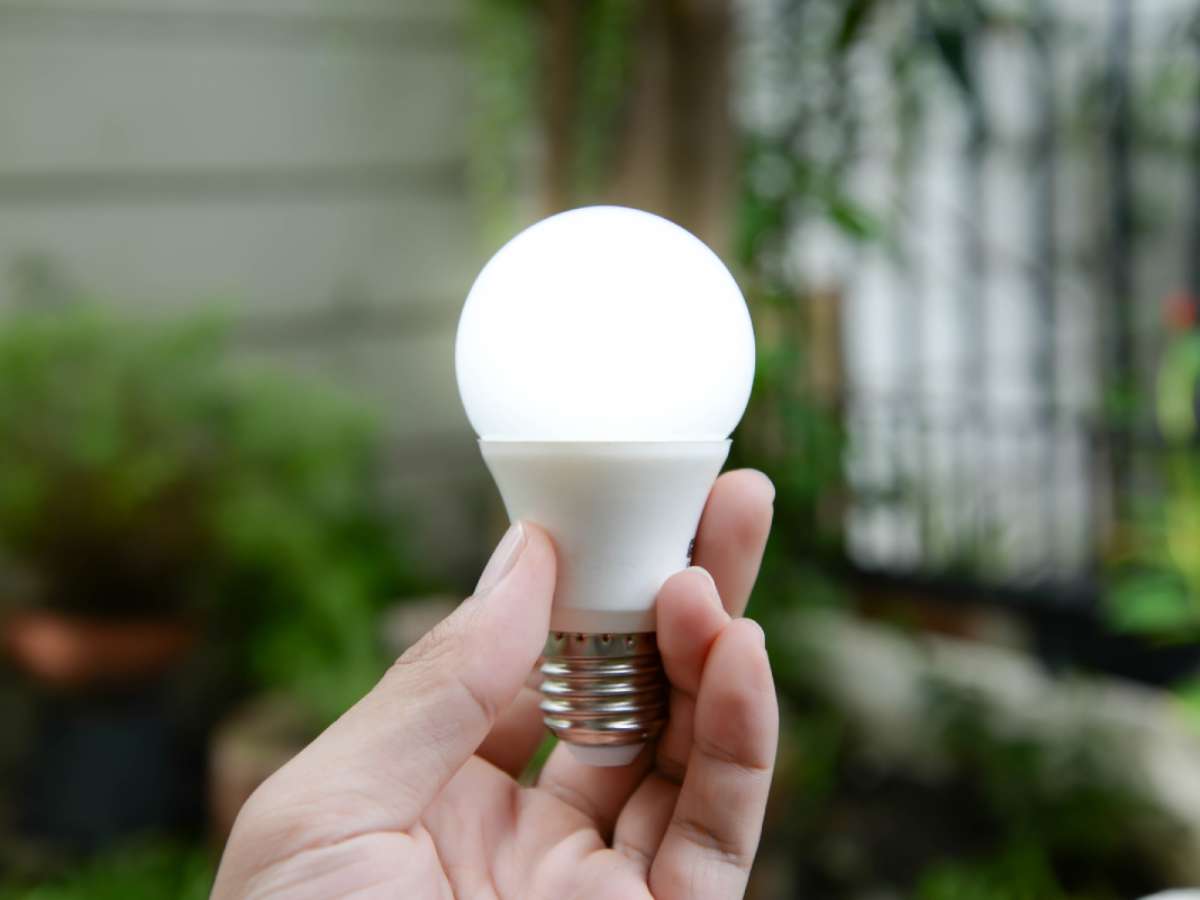Zoo Doo organic fertilizer — does the name sound appealing?
Well, if using a product that has the words “zoo” and “doo” in the name grosses you out, don’t worry — your plants will love this stuff.
I’m pretty sure you will, too, once you find out how this organic fertilizer and soil amendment is good for both your garden and our environment.
I was first introduced to Zoo Doo in the early 1990s, when my dad, who works at a major zoological facility in Florida, brought home a couple bags of the organic fertilizer from the zoo’s composting facility.
The thought of growing plants in a gardening bed that consists of manure-zested soil didn’t settle well with my dear mom, but I as a boy was pretty enthralled with the notion of growing my plants in animal dung.
As I’ve gotten older, I’ve done more research on Zoo Doo and its benefits — in addition to its yucky-awesomeness that certainly would appeal to many adolescent boys, that is.
Benefits Of Using Zoo Doo For Gardeners
Here are just some of the many benefits Zoo Doo provides gardeners:
- It’s an excellent fertilizer.
- It’s perfect as a nutrient-packed soil amendment.
- It adds humus to the soil, providing better moisture retention and enhancing the soil’s texture.
- It makes a decorative landscaping top soil. (Who would’ve thought, right?)
I’ve used Zoo Doo as a primary soil, an organic fertilizer, and a soil additive.
It may be impractical to use Zoo Doo as the main planting soil if you can’t get a lot of it, but in my experience it works just as well if used as a simple top-dressing additive or fertilizer that is spread across the top of planting beds.
What Exactly Is Zoo Doo Organic Fertilizer Made From?
Before you turn your nose up at Zoo Doo, rest assured, this organic fertilizer isn’t, umm, straight from the original source.
Zoo Doo typically comes from herbivore manure and bedding.
While many animals partake in the production of this organic fertilizer, the bulk of it usually comes from elephants. (Remember poo paper?)
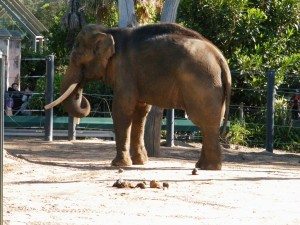

Other herbivores that often contribute their “donations” to making Zoo Doo are hippos, giraffes, rhinos, zebras, and goats.
Manure from carnivores, omnivores, and primates isn’t normally used because those feces may contain harmful bacteria that could spread disease.
Along with manure, wood chips, plant cuttings, and other organic matter may be added. This only enhances the nutrient levels of the compost.
To make Zoo Doo, the manure and any other organic materials are heaped into a compost pile, where it will heat up (perhaps to as hot as 150 degrees Fahrenheit!) for weeks at a time. The heat kills parasites, pathogens, and plant seeds.
After the Zoo Doo sits long enough, the compost pile may be turned and watered to introduce oxygen and cool the organic matter in order to further the breakdown of organisms.
This period may last from 30 to 90 days — based on composting conditions and the desired final product.
Benefits Of Using Zoo Doo For The Environment
Because Zoo Doo is an organic fertilizer, it provides gardeners with a nutrient-rich, synthetic-free option for nourishing their plants.
So, when you choose Zoo Doo over, say, that bag of fertilizer from the big box home improvement store, you’re helping to:
- Prevent chemicals from getting into the ground and nearby water sources
- Reduce the amount of waste that winds up in local landfills
Some zoos easily see 1,000 to 2,000 tons of animal waste each year, and often more.
While it can’t all be processed as Zoo Doo (because, again, manure from carnivores and omnivores isn’t normally used), much, if not most, of a zoo’s animal waste can be recycled.
How Do You Get Zoo Doo?
One of the best things about Zoo Doo is that it’s often available for free. The only catch is it’s not always offered to the public and, when it is, you may have to bag it and bring it home yourself.
In most cases, zoos that produce Zoo Doo use the organic fertilizer in their own landscaping beds. The Zoo Doo they offer to the public is the extra compost they didn’t need.
Some zoos offer Zoo Doo at their gift shops. Normally if you’re buying it from a zoo, it will be packaged in a plastic bin, tub, or bag — making it easier to bring home.
The best thing for you to do is to call your nearest zoo and see if they’re offering Zoo Doo to the public. If they don’t have any available now, ask when they expect to have some for the public again.
Don’t think you’ll get your hands on this stuff easily!
Some zoos actually use a lottery system to determine who gets this black gold — there’s usually a long waiting list of people who want this exotic organic fertilizer.
It’s not hard to see why. Not only is this stuff terrific for gardening, it’s pretty neat to say you use elephant dung in your top soil.
Now that my fiancée is working at a zoo, too, I suppose there’s much more Zoo Doo in my future.
More About Organic Fertilizer
- Reasons To Do Zoo Doo
- Build A Better Garden With Free Organic Fertilizers
- Extreme Recycling: Zoo Doo
- Organic Fertilizers vs Inorganic Fertilizers
- Elephant Poo Power Electrifies Zoo
- How Chemical Fertilizers Harm The Earth More Than Help Your Lawn
- Pros & Cons Of Organic vs Chemical Fertilizers For Your Garden

